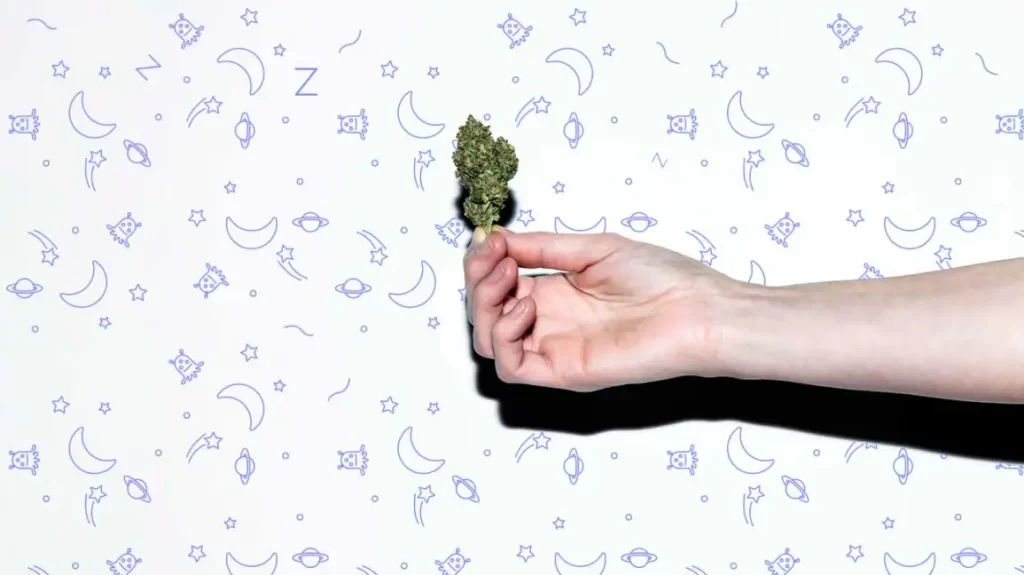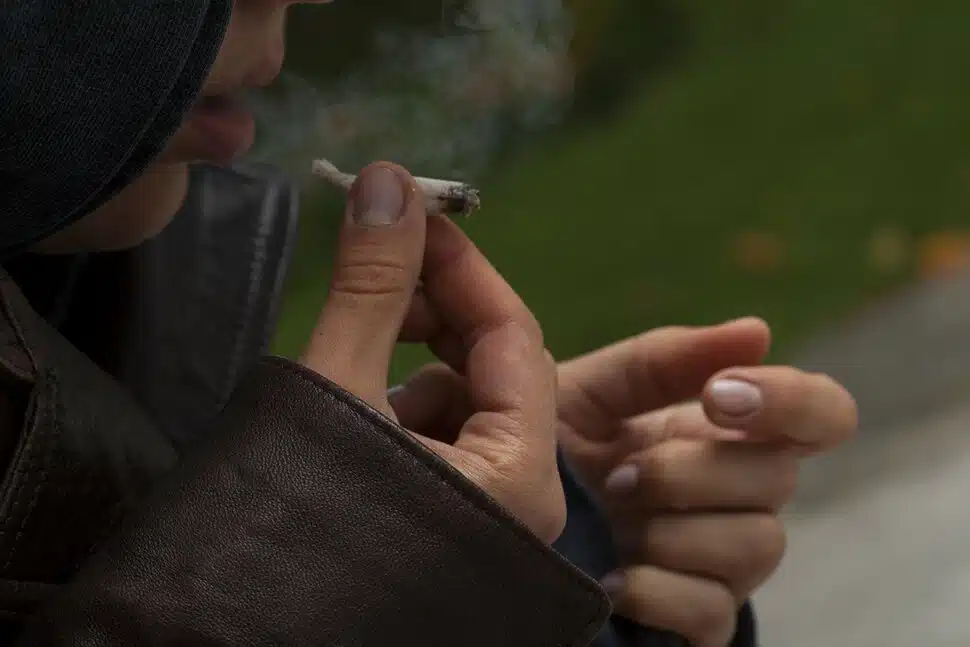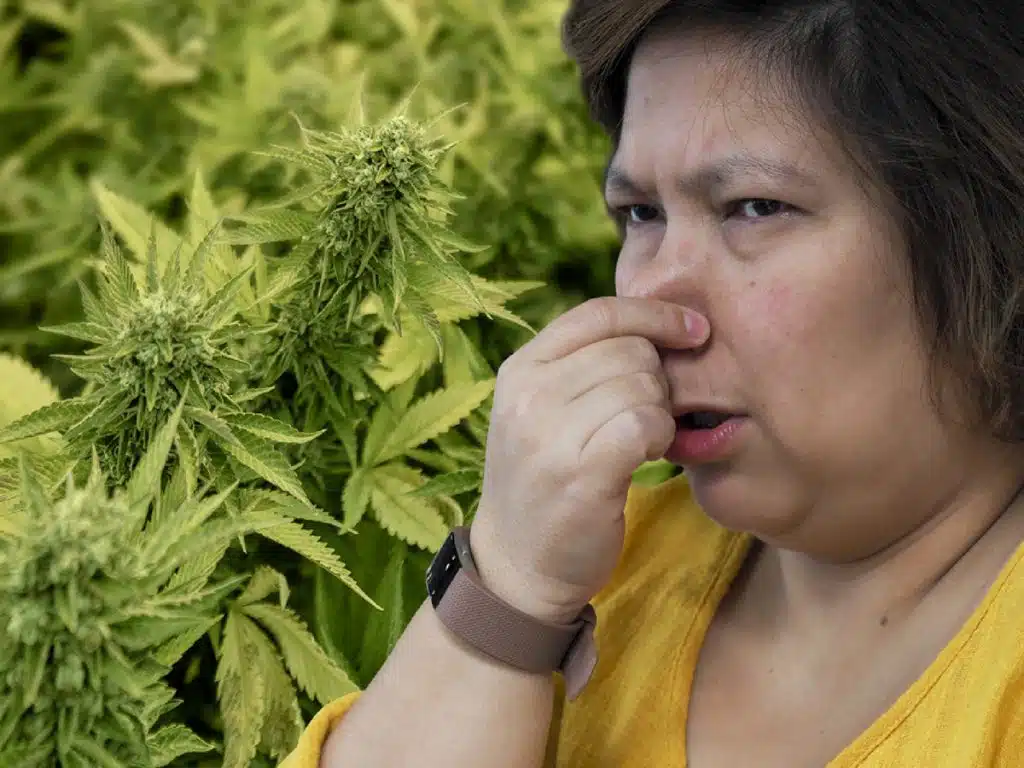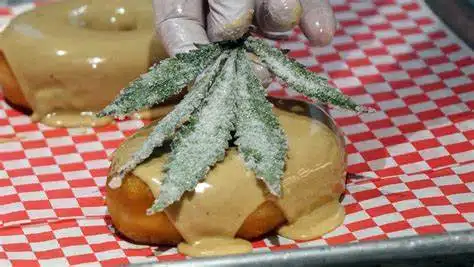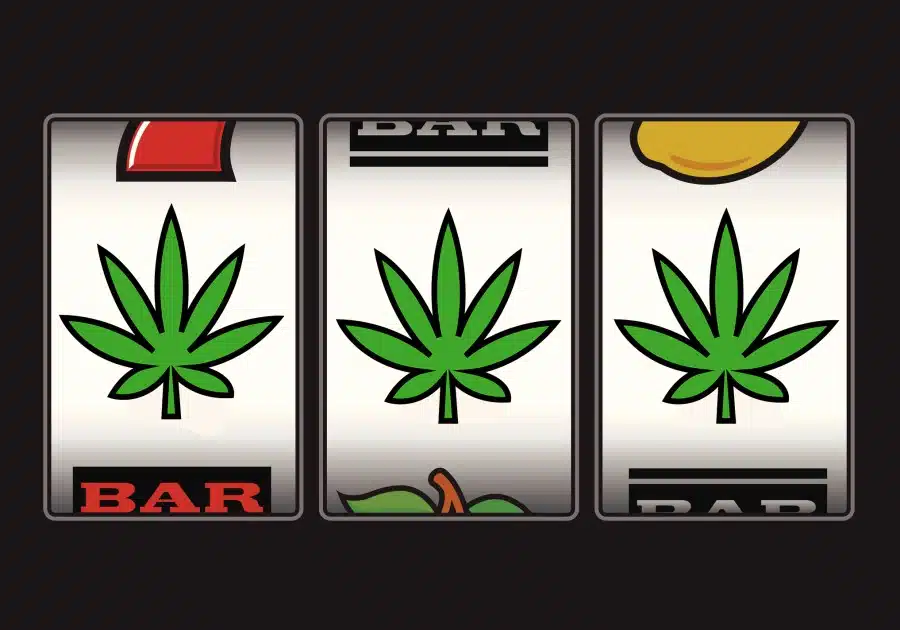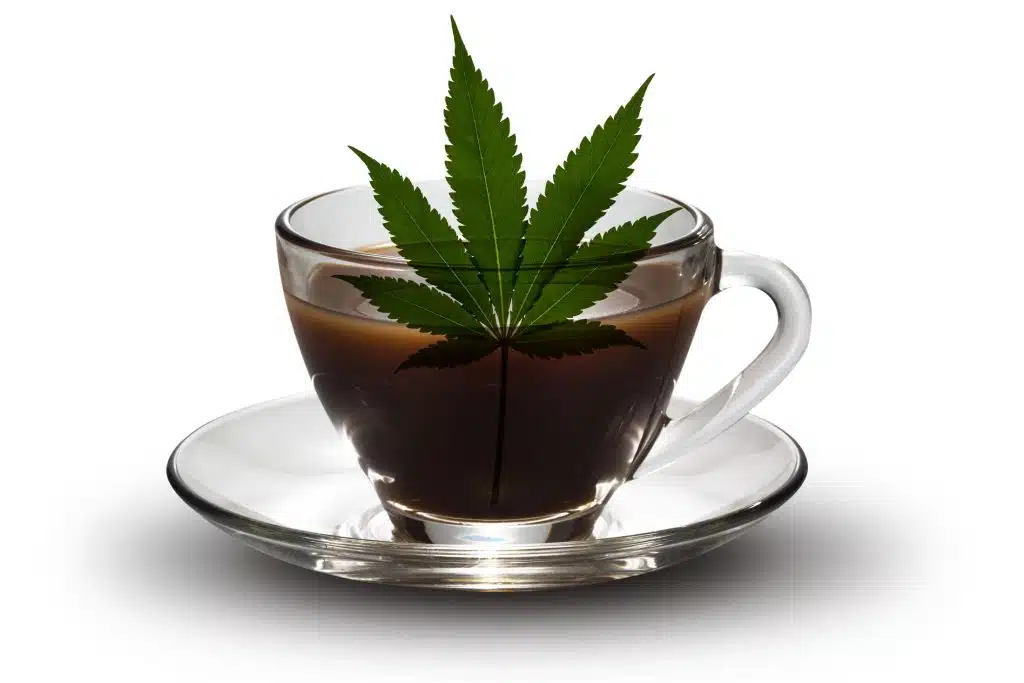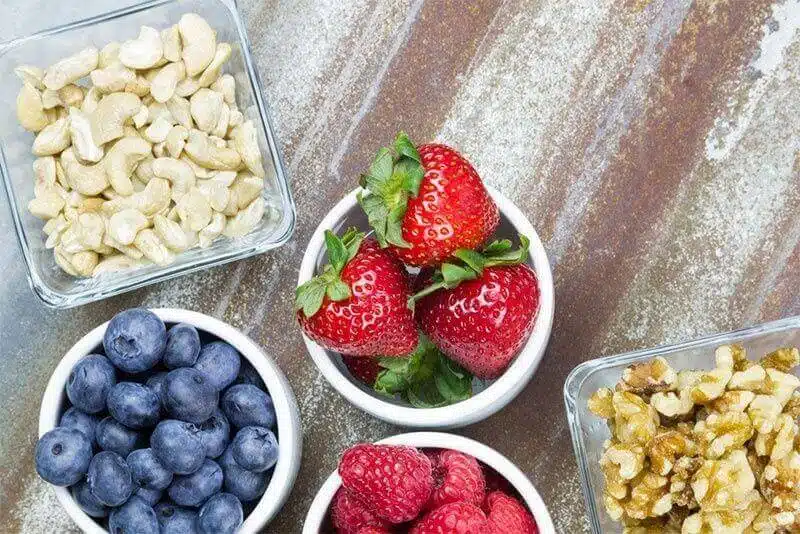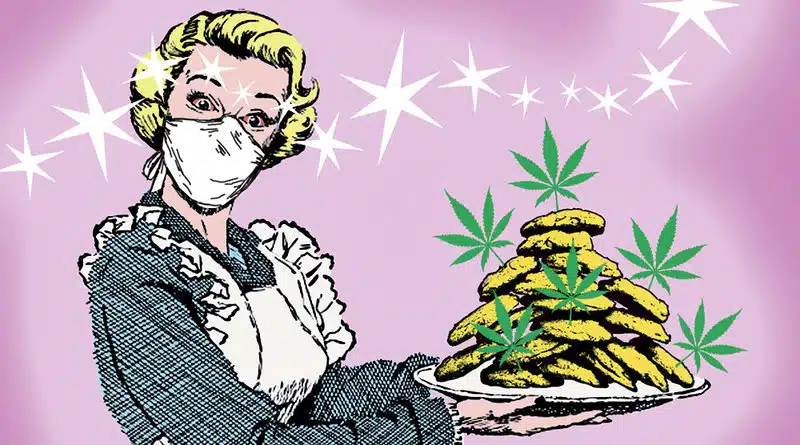Legal Weed Is Creating More Plastic Waste
Legal Weed Is Creating More Plastic Waste
Since legal weed arrived in Canada in 2018, it has been a source of pride and prejudice for consumers and non-consumers alike. While there are many things to love about this new industry, there are areas for improvement.
Plastic packaging is an important issue that many suppliers are contributing to, but few have done anything to reduce it.
This early era of legalization saw a rise in solid black plastic packaging, with many brands opting for sleek, un-recyclable containers.
These jars are commonly used and take a long time to decompose, which results in toxins being released into the soil and into the nearest ocean. The extent of the plastic waste problem is difficult to measure, but the overall impact has been negative.
In 2019, ReWaste estimated that between 5.8 and 6.4 million kilograms (or between 12.7 million and 14.1 million pounds) of plastic from cannabis packaging ended up in landfills. This is a significant problem, and we need to do something about it.
Since Cannabis sales have continued to grow, there has been an increase in the range of products available.
A recent CBC report found that, after legalization came into effect, each gram of cannabis sold generated as much as 70 grams of plastic waste. This is a widespread problem and needs to be addressed.
The cannabis packaging waste problem is a complex problem that involves everyone in the industry—from regulators and producers to consumers and the growing number of players purporting to chart a more environmentally-friendly way forward for the nascent industry.
Some companies have made significant progress on the plastics issue, and industry-wide efforts to promote using recycled materials and encouraging consumers to recycle containers have been gaining steam slowly but surely.
Blaming the regulations is tired, but they definitely don’t help
Packages of cannabis must be opaque or translucent, child-resistant, include a security seal, and be large enough to accommodate a label that contains a significant amount of information (including a large warning label) in both English and French, with minimum font sizes.
These directives help increase the amount of plastic that is used in packaging. This means that producers have more options for packaging and companies are forced to use less expensive plastic containers.
Health Canada believes that it’s not their responsibility to mandate the use of the cheapest packaging option, as long as the requirements of the regulations are met.
It would be difficult to meet all of these requirements without the use of plastics, especially for producers who want to ensure the freshness of their products.
From the outset, polypropylene plastic was an obvious choice for the industry because it is a thermoplastic made from combining multiple propylene monomers.
Cannabis packaging supplier CannaPack has written that the unique properties of this material ensure that cannabis will stay dry and free from contamination.
This jar is perfect for cannabis producers because it is light, sturdy, and recyclable.
When you create Venn diagrams, you only have a limited number of packaging options. And when you deploy packaging at scale, it becomes even more of a problem.
“We tied it to a large production facility, hundreds of thousands of bags going through the machine,” says Caton. “You have to have all these things in place to make sure it works.”
Myrina Gillis, CEO of Aqualitas, says that the fear of running into Health Canada’s stringent packaging regulations is a big reason why craft producers in Nova Scotia are stuck with a waste-generating status quo.
“They really don’t think about it at all,” Gillis explained. “They’re leaving those decisions up to the producers, but if you don’t do it in a compliant way, there are consequences.”
Health Canada believes that it is responsible for crafting regulations that protect public health, rather than assessing the environmental impacts of sustainable packaging practices.
A McGill University study found that cannabis regulations, based on concerns for public health and safety, have led producers to package products in larger and more resource-intensive containers than necessary. This is causing producers to waste plastic, which is a huge environmental problem. Omar Akeileh, the lead author of the study, is now the director of partnerships and sustainability at the Cannabis Council of Canada. This shows that cannabis regulations are important for the environment, and that producers are working to address this issue.
Akeileh’s study demonstrates that excessive packaging is a result of designs that require large standardized labels and excise stamps, regardless of the packaged contents’ volume.
Health Canada’s advertising restrictions make it difficult for companies to promote their products sustainably, and this makes it difficult for consumers to make informed choices.
Some producers of cannabis may find it difficult to justify moving away from inexpensive virgin plastic packaging if they don’t have a way to communicate to their customers whether their packaging is environmentally-friendly. However, this study found that producers are risk-averse and have few incentives to explore innovative packaging solutions.
Producers are leading sustainability efforts
Despite the restrictive regulations, efforts are underway to improve cannabis packaging. Both large and small producers are working to reduce the impact of plastic.
Nova Scotia’s Aqualitas knew that their packaging was a major issue, but they found themselves at a standstill when it came to finding ways to reduce their packaging-related carbon footprint. Even just trying to navigate the bureaucratic red tape around getting their licence was difficult; figuring out how to make their packaging more environmentally-friendly from the available options was an additional challenge.
Aqualitas was able to use local containers, but there weren’t many options available. So they teamed up with a US-based supplier, Sana Packaging, to develop packaging made from reclaimed, ocean-sourced plastics.
“When we started our company, we wanted to look into this type of packaging, but we couldn’t find any alternatives,” says Gillis. “The licensing process with Health Canada was extremely time consuming, so there was a lot of trying not to create a new bike so to speak.”
Aqualitas has partnered with Sana Packaging to create recycled ocean plastics containers. These containers are perfect for eco-conscious consumers who want to help protect our environment.
However, the wheel did indeed require a degree of innovation.
We are so excited to finally debut our new packaging design. It has taken us two years to source the right raw materials, connect with a manufacturer, get the product certified, and conduct product impact investigations. We are confident that our new packaging will be perfect for use during a pandemic.
Aqualitas claims that their first packaging order managed to reclaim over 4,000 pounds of plastic waste from the ocean.
“The difference with this packaging is that it’s recycled,” says Gillis. “The starting materials are always recovered – we don’t take anything from a renewable source and throw it down the waste stream.”
Other producers have found creative solutions. 48North now uses biodegradable cardboard packaging to house their pre-rolls, which are rolled with unbleached papers. The company’s dried flower bags, which often cannot be recycled because of their foil linings, are made of cardboard-like materials, drastically reducing the amount of plastic involved.
Other producers are also making efforts to improve their packaging, which shows their commitment to providing high-quality products.
Auxly’s Kolab vape cartridges come in biodegradable boxes, while Mood Ring packages their flower in recyclable aluminum tins and compostable doob tubes. This shows that these companies are committed to being environmentally friendly, and makes them stand out from their competitors.
The Green Organic Dutchmen produces elegantly packaged goods in glass jars, and recently Avant, producers of the TreeHugger brand, developed entirely recyclable packaging made from biodegradable cellulose interior bags.
Many brands still use plastic and mylar bags, despite the support for sustainability in cannabis.
Some LP’s have taken steps to mitigate the environmental damage caused by plastic waste, but others still use black mylar plastic bags which persist as an industry standard. In contrast, Canopy Growth still uses black mylar plastic bags for dried flower products, which persists as an industry standard.
Our current bags are not recyclable, but they are made of lighter materials and they are just as effective as our other bags. We believe that these bags are better for the environment overall, and they still meet our quality standards.
Canopy’s approach illustrates how large-scale producers struggle with sustainable packaging when it comes to core products, like flowers. However, with cannabis products that are seen as more valuable, like beverages, changes have been slow at best.
Caton says that now there are a variety of packaging options available that fit our needs and meet our high standards. It may take a little bit of work to get it approved and integrated into our system, but we share the same goals as smaller producers.
On the other hand, Canopy also accepts any and all cannabis packaging that consumers may return, including items that aren’t traditionally recyclable such as vape cartridges and black plastic containers. On the one hand, Canopy has been a leader in advocating for consumer recycling, launching a program in partnership with TerraCycle that accepts any and all cannabis packaging consumers return to the store.
The initiative has now grown to include many more industry partners, but Caton admits it isn’t a perfect solution.
I believe that ideally, municipalities would want to continue to get products from our company. However, until that can happen, we feel that providing these alternative products is crucial.
Since launching that program, millions of cannabis packages have been diverted from landfills. Both Canopy and Aqualitas have shown that the cannabis industry isn’t without options in the fight against plastic waste– and that, as the industry matures, there’s a will and a way to reduce plastics in the Canadian cannabis industry.
Conclusion
If you are interested in cannabis and THC products, check out Ganja West online dispensary at ganjawest.co!
